RNA Isoform RUNX1C Identified as Molecular 'Switch' Behind Chemoresistance in Blood Cancer

16 August 2025
Researchers have identified the RNA isoform RUNX1C, which drives chemoresistance in acute myeloid leukemia (AML). The study, published in Blood Cancer Discovery, shows that elevated RUNX1C activates BTG2, pushing leukemia cells into dormancy and shielding them from chemotherapy. Targeting RUNX1C with antisense oligonucleotides reactivated dormant cells, restoring drug sensitivity and significantly enhancing chemotherapy efficacy in AML models.
One of the most pressing challenges in treating acute myeloid leukemia (AML) is relapse after chemotherapy. Despite initial responses, many patients experience disease recurrence driven by cancer cells that enter a dormant state, escaping the cytotoxic effects of treatment. Now, researchers at The Jackson Laboratory (JAX) report that an RNA isoform, RUNX1C, plays a central role in this resistance mechanism, offering a promising new target to overcome chemoresistance.
A Genetic Switch Behind Relapse
The study, analyzed paired AML patient samples collected before chemotherapy and at relapse. Investigators discovered that intragenic DNA methylation altered RUNX1 gene regulation, forcing cells to preferentially express the long isoform RUNX1C. This shift acted as a molecular switch, initiating a transcriptional program that shielded leukemia cells from chemotherapy.
Central to this mechanism was BTG2, a downstream target of RUNX1C. BTG2 promoted ribosomal RNA deadenylation, leading to reduced mRNA expression and stability. The result was a slowdown in cellular activity and induction of quiescence—a dormant state where leukemia cells temporarily halt division and evade chemotherapy, which is most effective against actively cycling cells.
Breaking Dormancy with RNA-Targeted Therapies
To test whether interrupting this isoform-driven pathway could restore drug sensitivity, the JAX team used RNA-targeting antisense oligonucleotides (ASOs) to inhibit RUNX1C. In both AML cell cultures and mouse models, blocking RUNX1C prevented cells from entering quiescence. Instead, the dormant leukemia cells “woke up” and re-entered the cell cycle, rendering them vulnerable to chemotherapy.
“We demonstrated that overexpressing this isoform confers resistance to many of the chemotherapy treatments used for AML. We’ve done experiments to do the inverse, where we also knocked out the isoform and see that it confers sensitivity,” explained Dr. Cuijuan Han, lead author of the study.
Combining ASOs with standard chemotherapy significantly enhanced cell killing, providing what the authors describe as a proof of principle that targeting RNA isoforms could reshape treatment outcomes.
Clinical Implications and Future Directions
Current therapeutic options for relapsed AML remain limited, underscoring the importance of these findings. By identifying the RUNX1C–BTG2 axis as a driver of chemoresistance, the study highlights a previously unrecognized vulnerability in AML biology.
“The problem right now is that there is no treatment for patients who relapse, and that’s why our study is so important—not just to understand what isoforms or genes mediate resistance but to understand how we can target them in the future,” noted Eric Wang, PhD, assistant professor at JAX and senior author of the study. “Scientists have done extensive RNA isoform analysis but not in the context of AML relapse. Our study is a good resource to show that in addition to genes, RNA isoforms are also very important in mediating chemoresistance.”
While ASO therapies are still largely experimental in oncology, their success in rare neurological disorders suggests translational potential. The researchers believe that applying isoform-targeted strategies could extend beyond AML, opening avenues in other cancers where RNA biology drives treatment resistance.
“Our study provides a proof of principle that knocking down isoforms with the right technology could enhance or even overcome chemoresistance,” Wang said. “Although our lab does not focus on other cancers, applying this concept to other cancers may provide rationale to focus on whether targeting RNA isoforms can modulate drug response with different drugs and different cancers.”
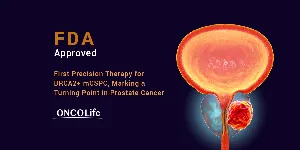
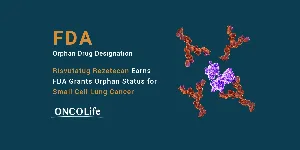
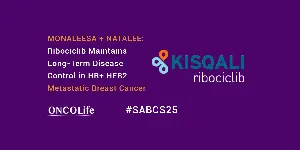
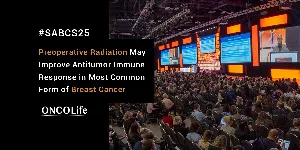
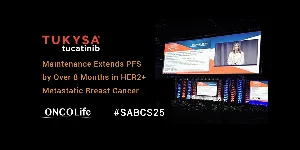
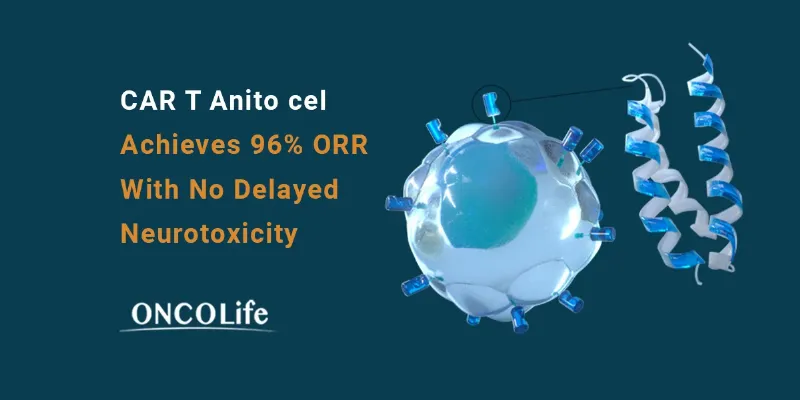

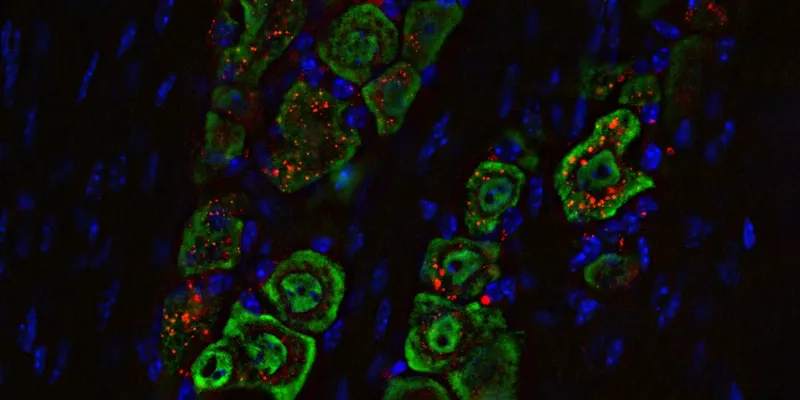
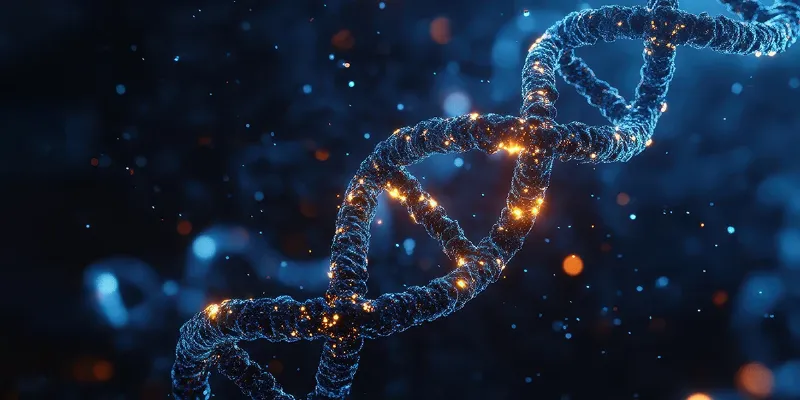
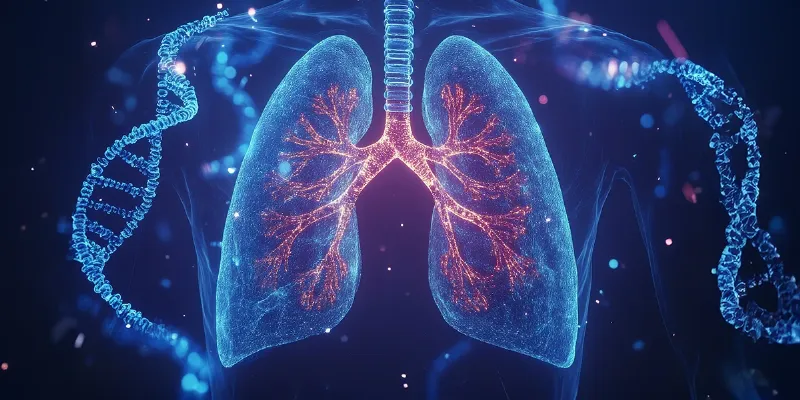
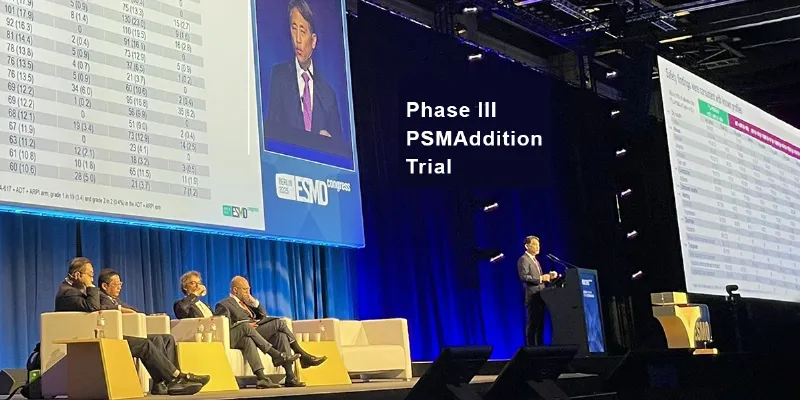
Comments
No Comments Yet!